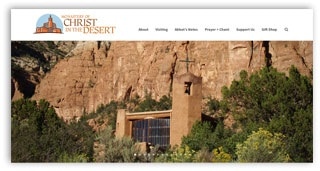About the year 100, in the Crimea, St. Clement, pope. He may be the Clement mentioned in Paul’s Epistle to the Philippians (4:3). One of the earliest non-biblical Christian documents is a letter that he wrote in the name of the Roman church to the Corinthians, urging the church there to end its dissension.
In 400, St. Amphilochius, bishop of Iconium. He was a cousin of Gregory of Nazianzus (January 2) a friend of St. Basil (January 2), and a strong supporter of the orthodox faith.
In 615, at Bobbio, St. Columbanus, abbot. He was born in Ireland and, at the advice of a woman hermit, became a monk. He spent many years at Bangor, under St. Comgall (March 10). About 590 he and twelve companions went into voluntary exile in Gaul. They preached and founded several monasteries, the most famous of which is Luxeuil. St. Columbanus wrote a very austere monastic Rule and Penitential. He eventually came into conflict with some Frankish bishops over his Irish customs; he also offended the King of Burgundy when he rebuked him for keeping concubines. He moved to the area around Zurich, and from there to Bobbio in northern Italy. Several of his letters and poems survive.
In 1927, in Mexico, the martyrdom of Blessed Michael Pro. He was born in Guadalupe in the state of Zacatecas, Mexico. After a happy childhood and a good education, he entered the Jesuits. When the rebel General Carranza’s forces attacked the Jesuit novitiate, he was sent to Los Gatos, and then to Spain and Belgium, where he was ordained. He returned to Mexico City, and there secretly ministered as a priest in defiance of the anticlerical laws. He and two of his brothers were arrested after an attempt on the life of President Obregon, and shot by a firing squad. Before they killed him, he raised his arms and said: “Viva Cristo Rey.”
Our daily martyrology was written by Fr. Hugh Feiss, OSB. Copyright © 2008 by the Monastery of the Ascension, Jerome, ID 83338.


